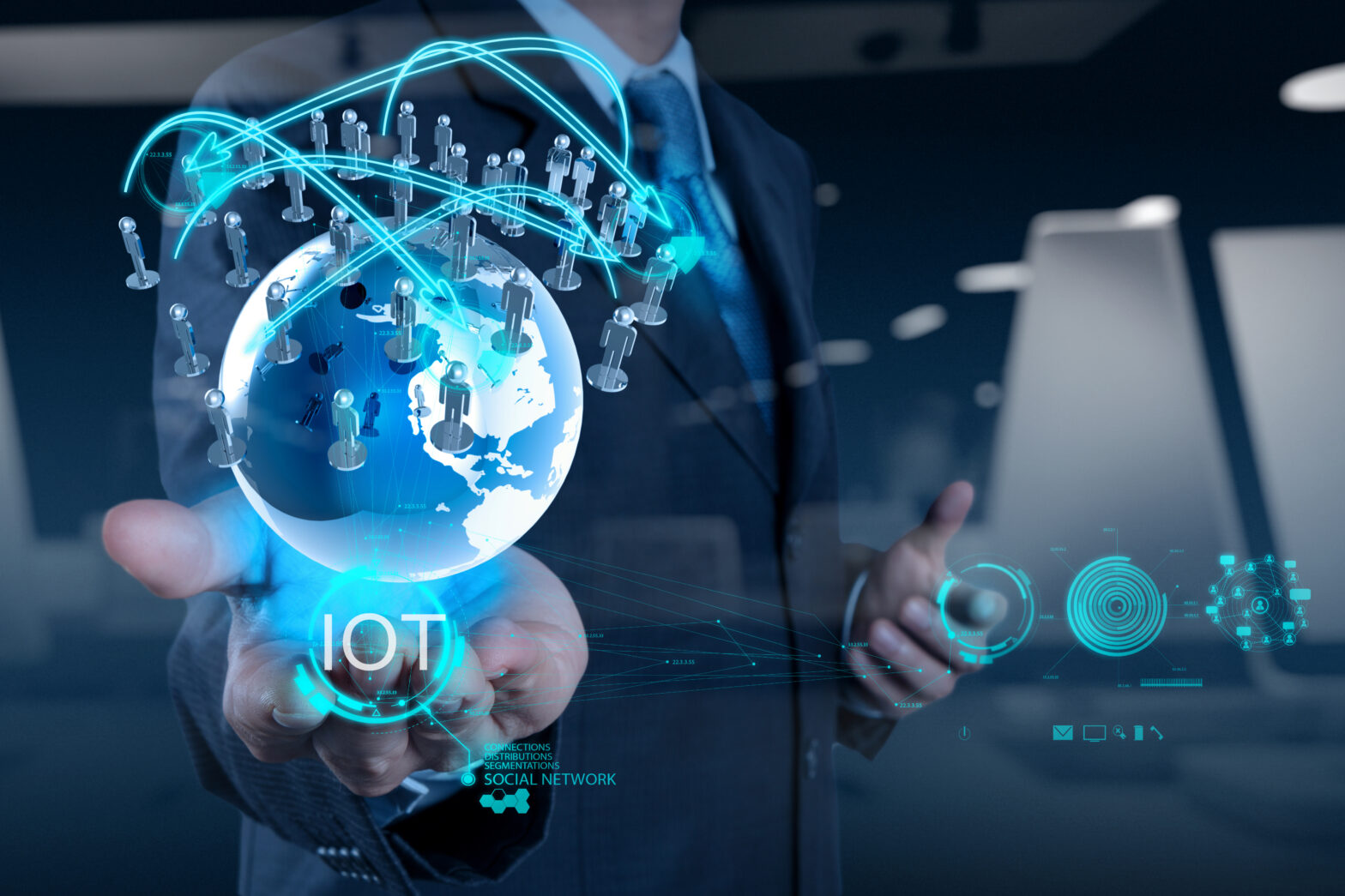The Internet of Things (IoT) is set to overtake mobile phones as the largest category of connected device by 2018.
Between 2015 and 2021, the number of IoT connected devices is expected to grow 23% annually, of which cellular IoT is forecast to have the highest growth rate, according to a report by Ericsson.
Of the 28 billion total devices that will be connected by 2021, close to 16 billion will be IoT devices.
Western Europe will lead the way in adding IoT connections, with IoT projected to grow 400% by 2021.
>See also: 4 unexpected implications arising from the Internet of Things – Gartner
This will principally be driven by regulatory requirements, for example for intelligent utility meters, and a growing demand for connected cars including the EU e-call directive to be implemented in 2018.
Smartphone subscriptions continue to increase and are forecast to surpass those for basic phones in Q3 this year. By 2021, smartphone subscriptions will almost double from 3.4 billion to 6.3 billion.
Also revealed in the report, there are now 5 billion mobile subscribers – unique users – in the world today, which is testament to the phenomenal growth of mobile technology in a relatively short period of time.
Detailed in the report is a dramatic shift in teen viewing habits: use of cellular data for smartphone video grew 127% in just 15 months (2014-15).
Over a period of four years (2011-15) there has been a 50% drop in the time teens spend watching TV/video on a TV screen, and in contrast an 85% increase in those viewing TV/video on a smartphone.
This, and the fact that the upcoming generation of mobile users are the heaviest consumers of data for smartphone video streaming (Wi-Fi and cellular combined), makes them the most important group for cellular operators to monitor.
In 2016, a long anticipated milestone is being passed with commercial LTE networks supporting downlink peak data speeds of 1 Gbps.
Devices that support 1 Gbps are expected in the second half of 2016, initially in markets such as Japan, US, South Korea and China, but rapidly spreading to other regions.
>See also: The next frontier in the Internet of Things: monetisation
Mobile users will enjoy extremely fast time to content thanks to this enhanced technology, which will enable up to two thirds faster download speeds compared with the fastest technology available today.
“IoT is now accelerating as device costs fall and innovative applications emerge,” said Rima Qureshi, SVP and chief strategy office at Ericsson. “From 2020, commercial deployment of 5G networks will provide additional capabilities that are critical for IoT, such as network slicing and the capacity to connect exponentially more devices than is possible today.”










